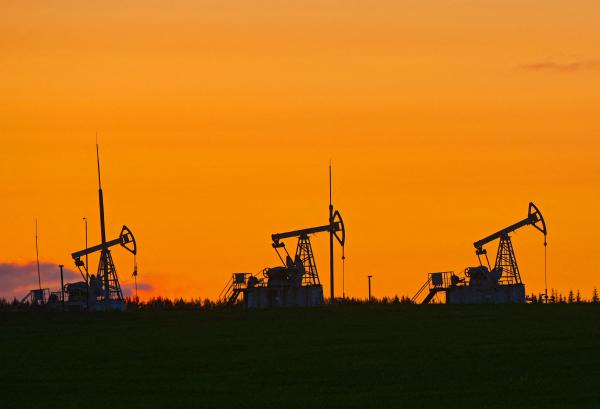TOKYO, May 29 — Oil prices rose on Thursday after a United States (US) court blocked President Donald Trump's tariffs from taking effect, while the market was watching out for potential new US sanctions curbing Russian crude flows and an OPEC+ decision on hiking output in July.
Brent crude futures climbed 81 cents, or 1.25 per cent, to US$65.71 a barrel. U.S. West Texas Intermediate crude advanced by 83 cents, or 1.34 per cent, to US$62.62 a barrel at 0102 GMT.
On Wednesday, a US trade court ruled that Trump overstepped his authority by imposing across-the-board tariffs on imports from nations that sell more to the US than they buy.
The ruling buoyed risk appetite across global markets, which have been on edge about the impact of the levies on economic growth, but analysts said the relief may only be temporary, given the administration has said it will appeal.
"But for now, investors get a breather from the economic uncertainty they love to loathe," said Brisbane-based City Index analyst Matt Simpson.
On the supply front, there are concerns about potential new sanctions on Russian crude. At the same time, the Organisation of the Petroleum Exporting Countries and allies (OPEC+), could agree on Saturday to accelerate their oil production hikes in July.
With Russian oil so far overall showing relative resistance to the sanctions imposed over Moscow's war on Ukraine, "it is hard to be convinced that any new US sanctions on Russia will meaningfully dent Russia's oil exports," said Commonwealth Bank of Australia analyst Vivek Dhar in a note.
Adding to supply risks, Chevron has terminated its oil production and a number of other activities in Venezuela, after its key license was revoked by US President Donald Trump's government in March.
In April, Venezuela cancelled cargoes scheduled to Chevron, citing payment uncertainties related to the US sanctions. Chevron was exporting 290,000 barrels per day (bpd) of Venezuelan oil, or over a third of the country's total before that.
"From May through August, the data points to a constructive, bullish bias with liquids demand set to outpace supply," said Rystad Energy's global head of commodity markets Mukesh Sahdev in a note, as he expects demand growth outpacing supply growth by 0.6 million to 0.7 million bpd.
Later on Thursday, investors will be watching for the weekly reports from the American Petroleum Institute (API) and the Energy Information Administration, the statistical arm of the US Department of Energy.
US crude oil and distillate inventories likely rose last week while gasoline stockpiles likely fell, an extended Reuters poll showed on Wednesday.
According to the market sources familiar with the API data, US crude and gasoline stocks fell last week while distillate inventories rose.
— Reuters




